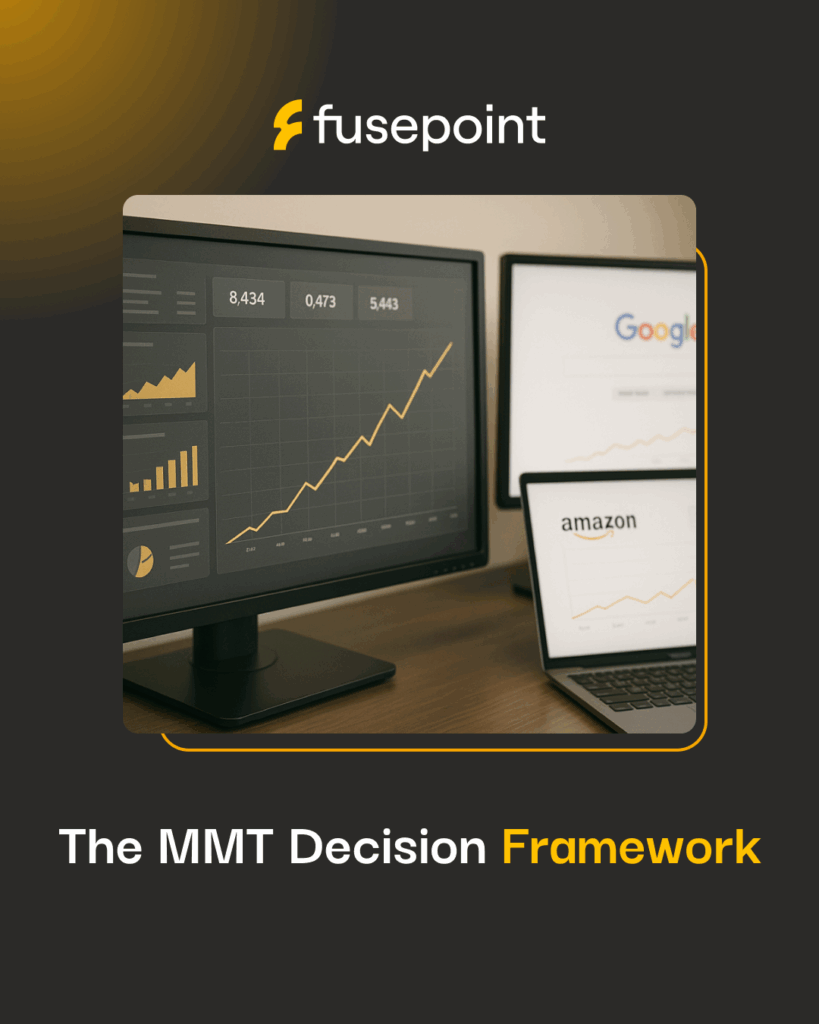Psychographics vs. Demographics: Which One Actually Drives GTM Success?

Every successful go-to-market (GTM) strategy starts with knowing your target audience. But should you rely on demographic data like age, gender, and income, or focus on psychographic segmentation — values, interests, lifestyle, and motivations?
The truth: you need both. Demographics show you who your potential customers are, while psychographics reveal why they buy. Together, demographic and psychographic data provide the depth you need to launch effective products and run marketing campaigns that convert.
How to Gather Demographic Data
Demographics are objective statistical data points — age, income, education, location, and family structure. They help define your target market and size your opportunity.
Ways to collect demographic information include:
-
Analyzing competitor audiences
-
Using tools like Google Analytics, Market Finder, and Insights Finder
-
Running surveys and questionnaires with your customer base
Example: A beauty brand might identify women aged 25–40 with mid-to-high income levels in urban areas as its primary target audience. That profile influences pricing, channel mix, and even which social media platforms to prioritize.
Demographics in B2C vs. B2B
-
B2C companies lean on consumer characteristics like age group, gender, location, or education level. These factors shape content tone, brand identity, and distribution channels.
-
B2B companies focus more on industry, company size, and decision-maker roles. A CMO at a Fortune 500 firm requires a different approach than a founder at a startup.
Demographic segmentation gives your phased GTM rollout structure, but it doesn’t explain behavior or decision-making. That’s where psychographics add depth.
The Power of Psychographic Segmentation
While demographics tell you who a person is, psychographics explain their motivations, attitudes, and preferences. This psychographic information reveals what customers value most and how they make decisions.
Psychographic data covers:
-
Values and beliefs (e.g., sustainability, performance, affordability)
-
Lifestyle and habits (fitness, travel, entertainment, digital media use)
-
Personality traits (risk-taking, cautious, impulsive)
-
Aspirations and goals (career success, financial freedom, health)
Example: Two parents in the same demographic group may diverge sharply. One values fun and buys gaming consoles for their kids; the other prioritizes learning and invests in educational devices. Without psychographic insight, your marketing strategy would miss this difference.
Why You Need Both for GTM
When building a GTM plan, think of demographics as the map and psychographics as the compass:
-
Demographics determine the size of your customer base and where to spend budget.
-
Psychographics refine your marketing strategy, shaping the creative, tone, and brand messaging that drive action.
Use demographics to set targeting boundaries for paid ads, then apply psychographic segmentation to personalize creative content, emails, and nurture flows. This blend creates sharper audience segmentation and stronger ROI.
Real-World Application
In this market research case study, a DTC haircare brand relied heavily on price-based messaging after identifying high-income urban women as its target. Growth plateaued. By layering in psychographic insight — surveys showed customers valued product results over discounts — the company pivoted. Campaigns shifted to emphasize efficacy and product performance. The result: higher loyalty, improved conversion, and scalable profitability.
Key Takeaways
-
Demographics vs. psychographics isn’t either/or — both are essential to GTM success.
-
Use demographic data to size your market and identify audience segments.
-
Use psychographic segmentation to uncover consumer behavior patterns, align with values, and refine your marketing campaigns.
-
Together, they create actionable ICP development that drives sharper positioning and stronger go-to-market execution.
Go to Market With Better Audience Insight
Don’t stop at surface-level demographics. Pair them with psychographics to create precise audience profiles, sharper content, and stronger conversion strategies.
Fusepoint’s marketing research services blend demographic and psychographic data, helping brands cut through noise and build GTM strategies that resonate with real consumers.
Our Editorial Standards
Reviewed for Accuracy
Every piece is fact-checked for precision.
Up-to-Date Research
We reflect the latest trends and insights.
Credible References
Backed by trusted industry sources.
Actionable & Insight-Driven
Strategic takeaways for real results.











